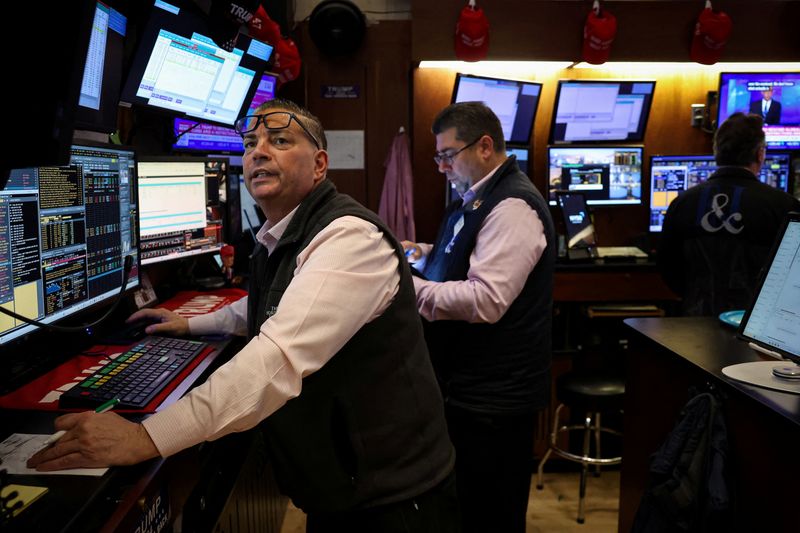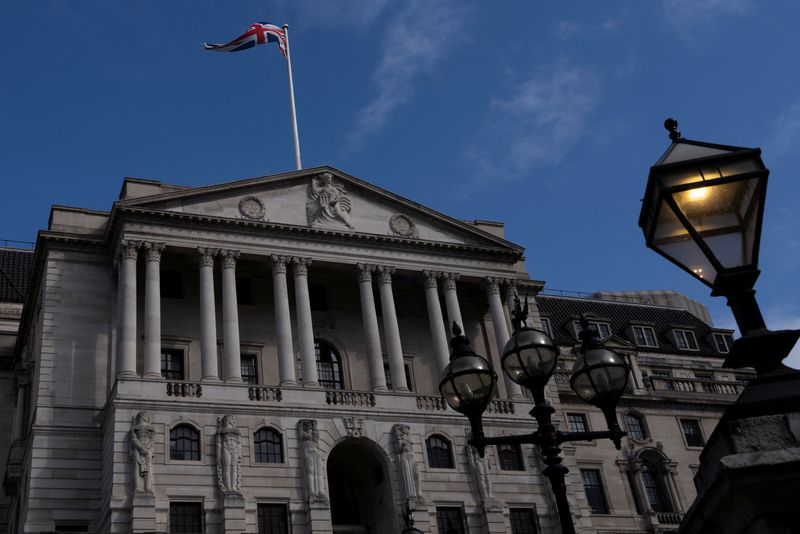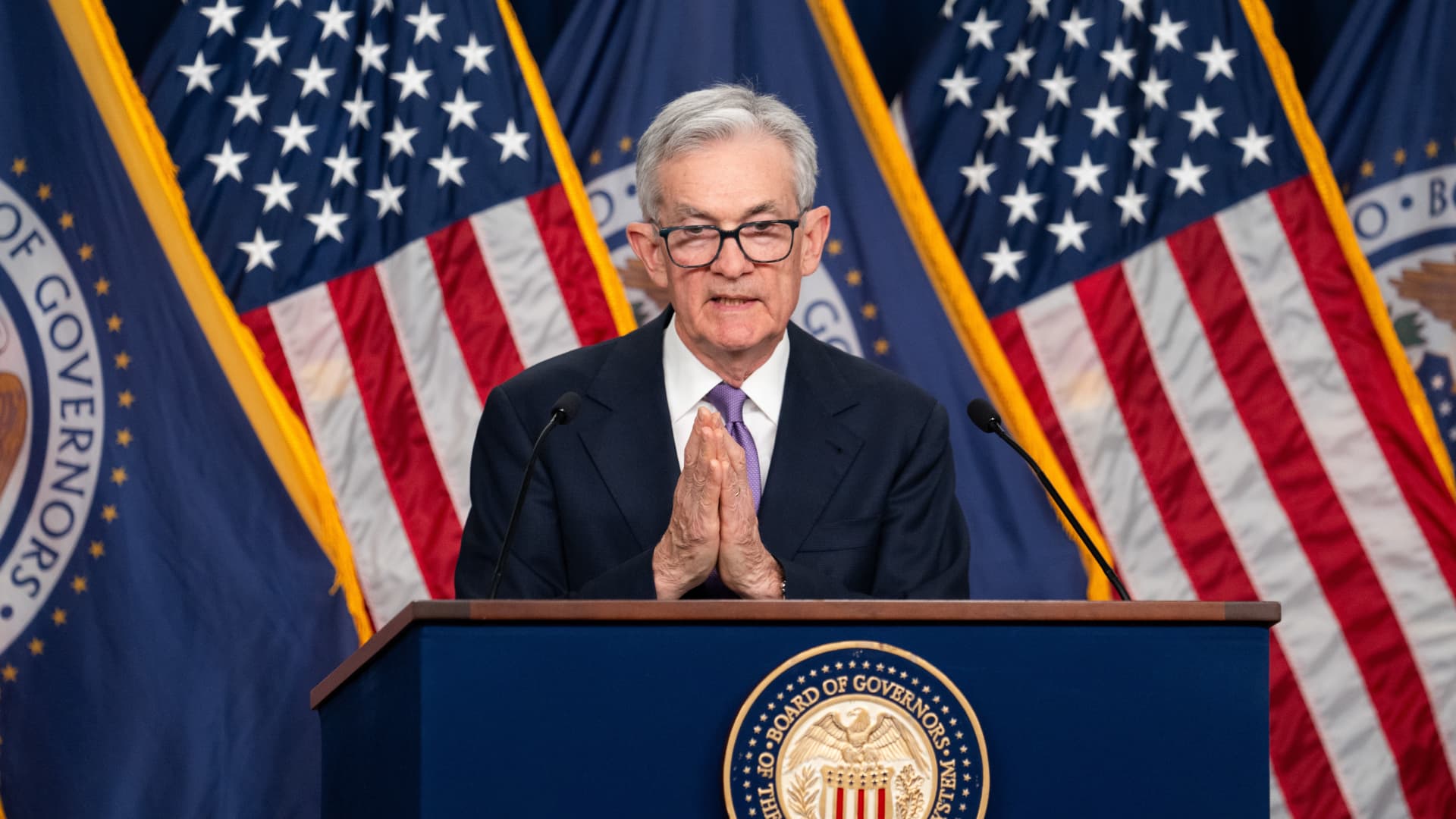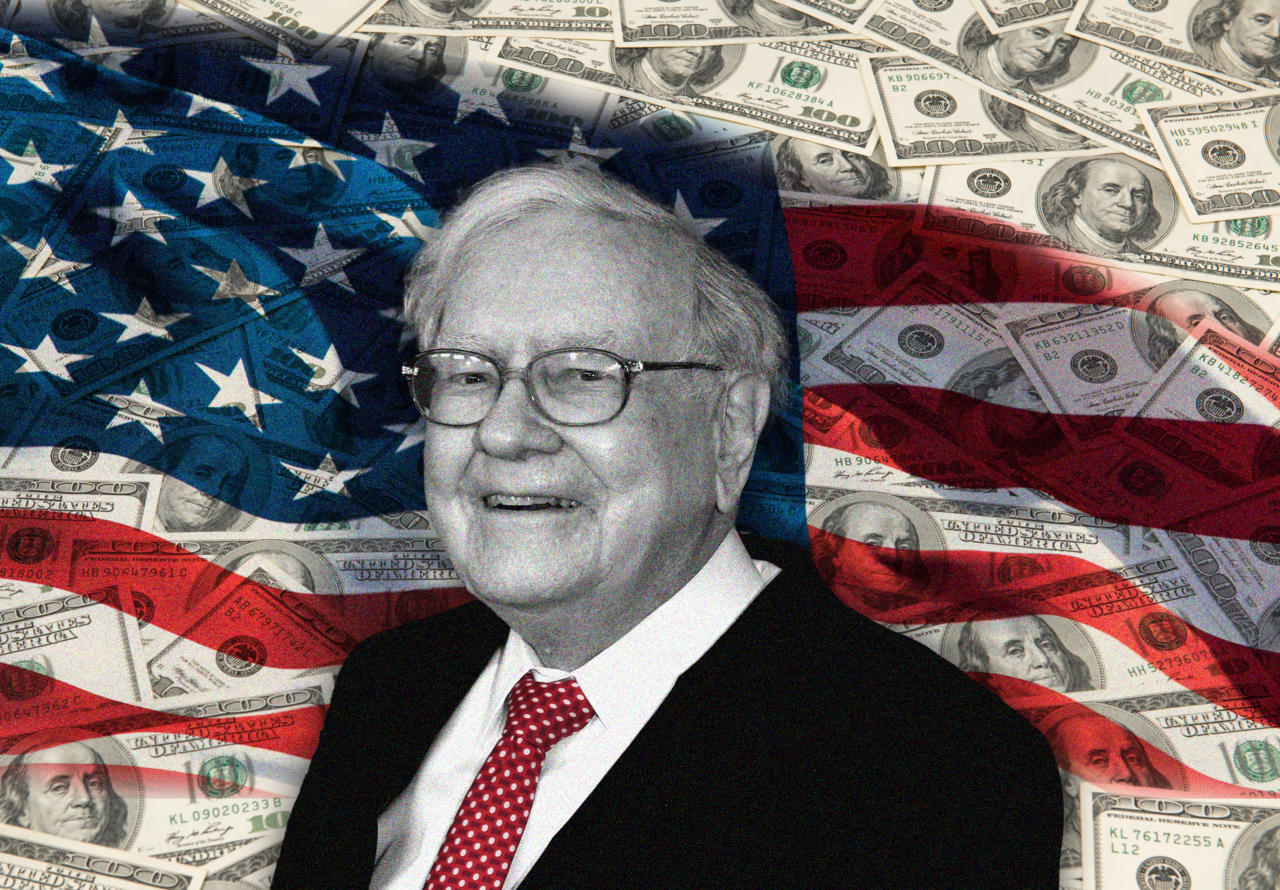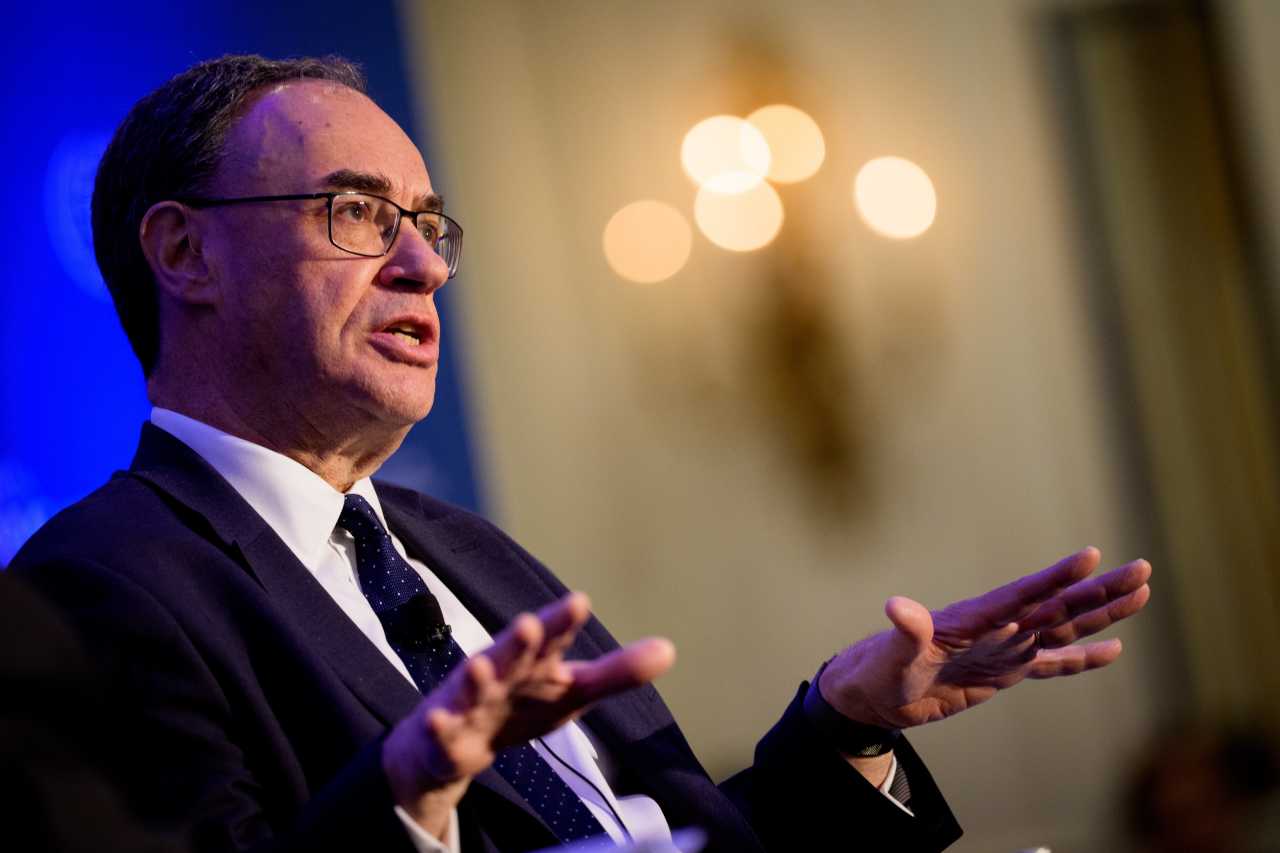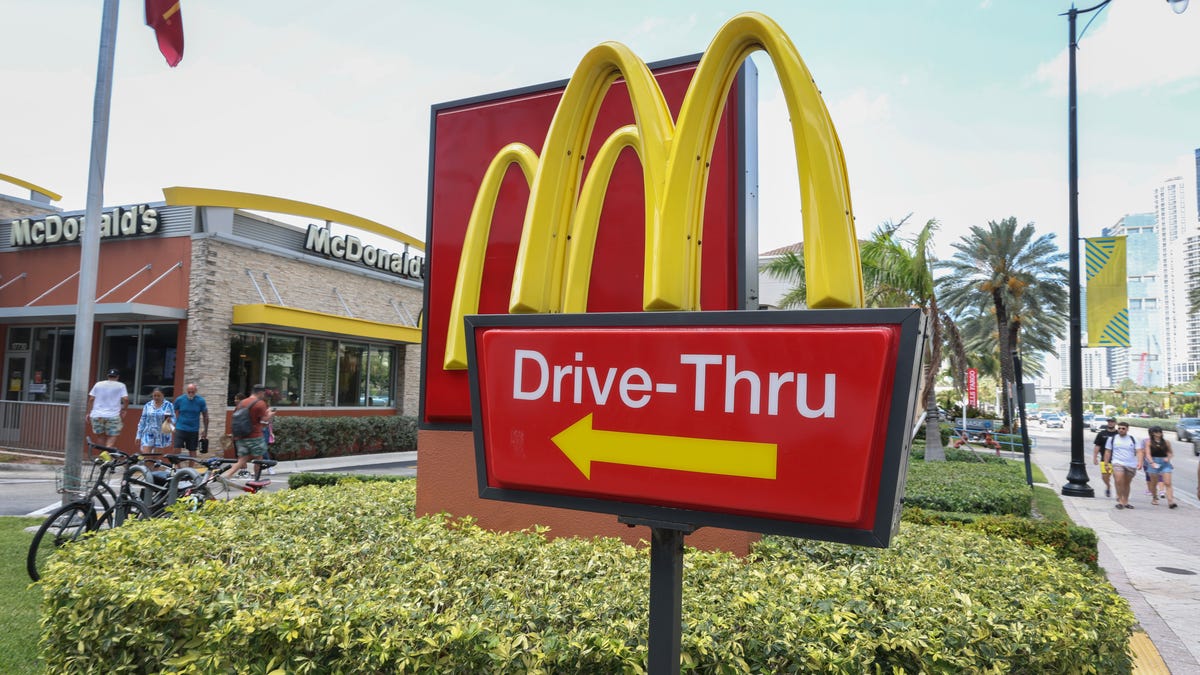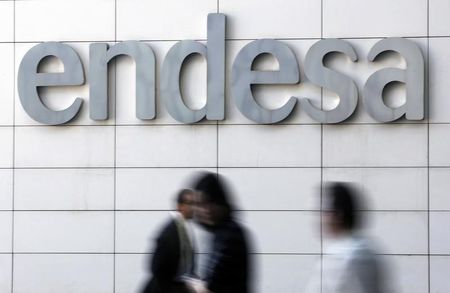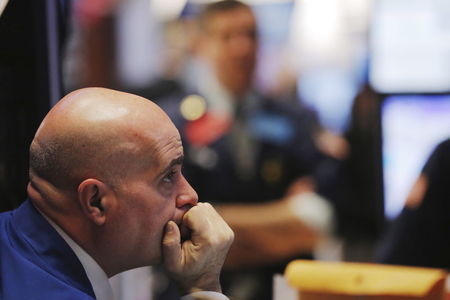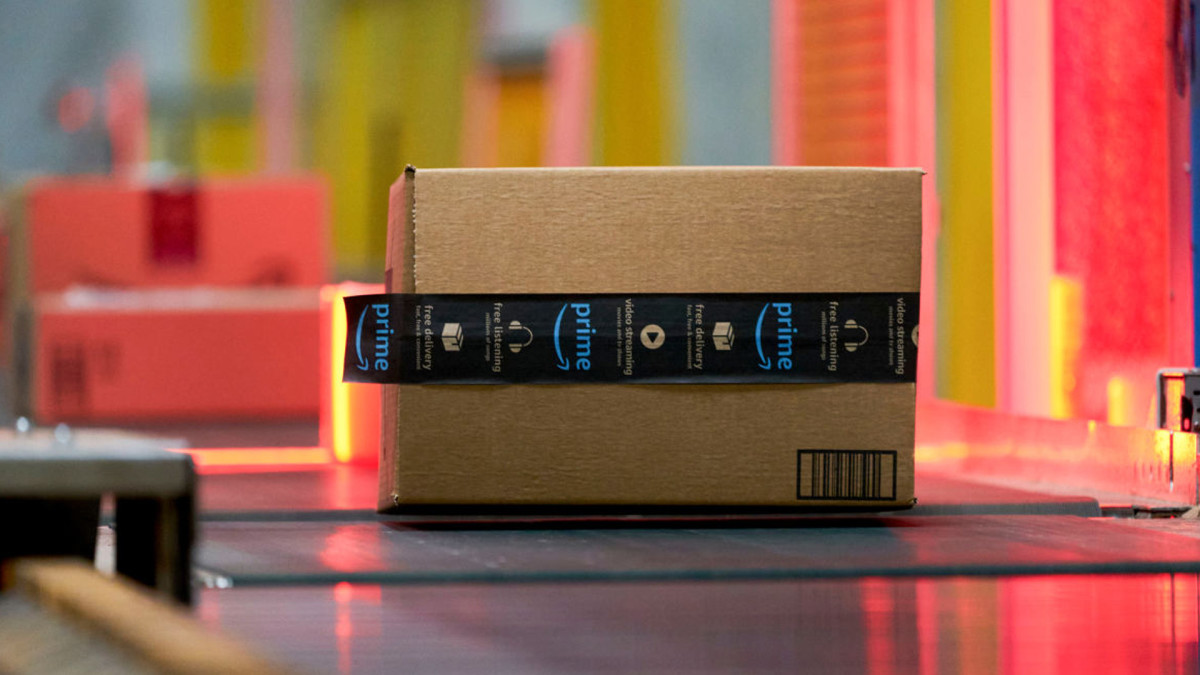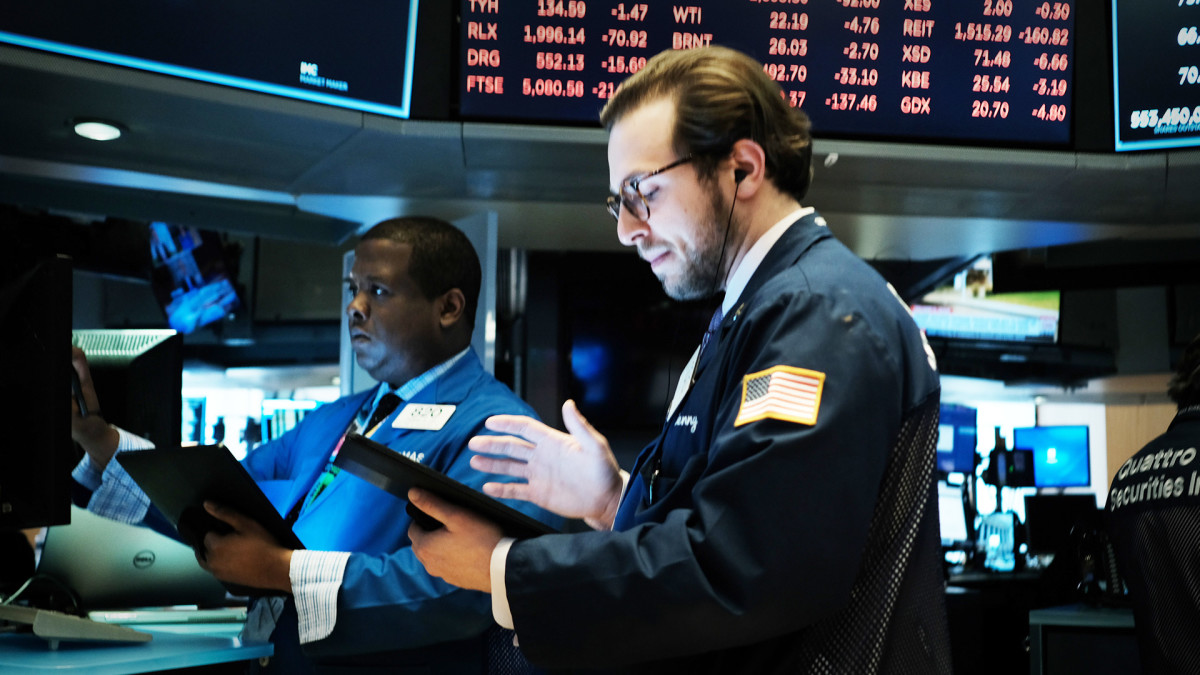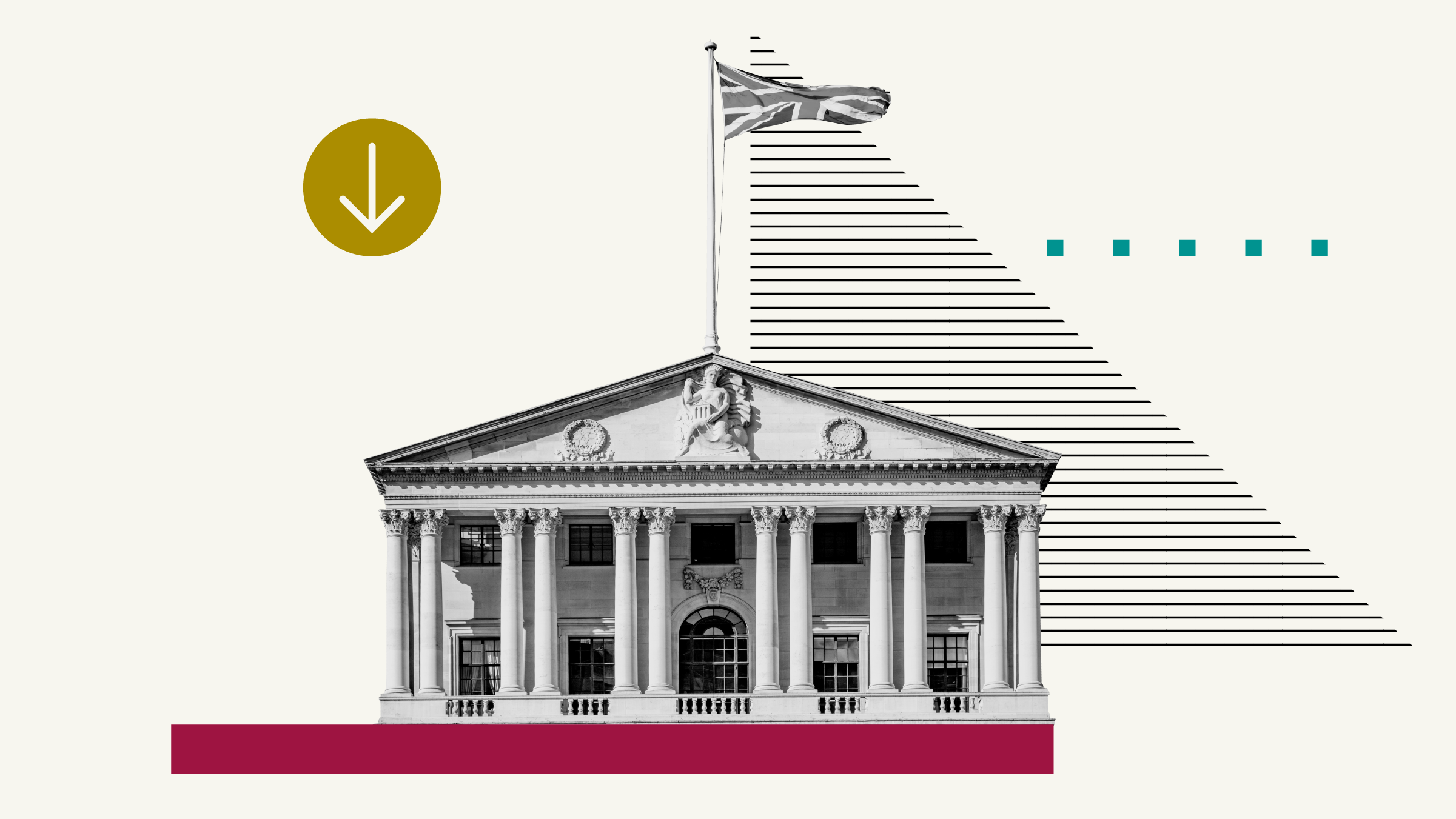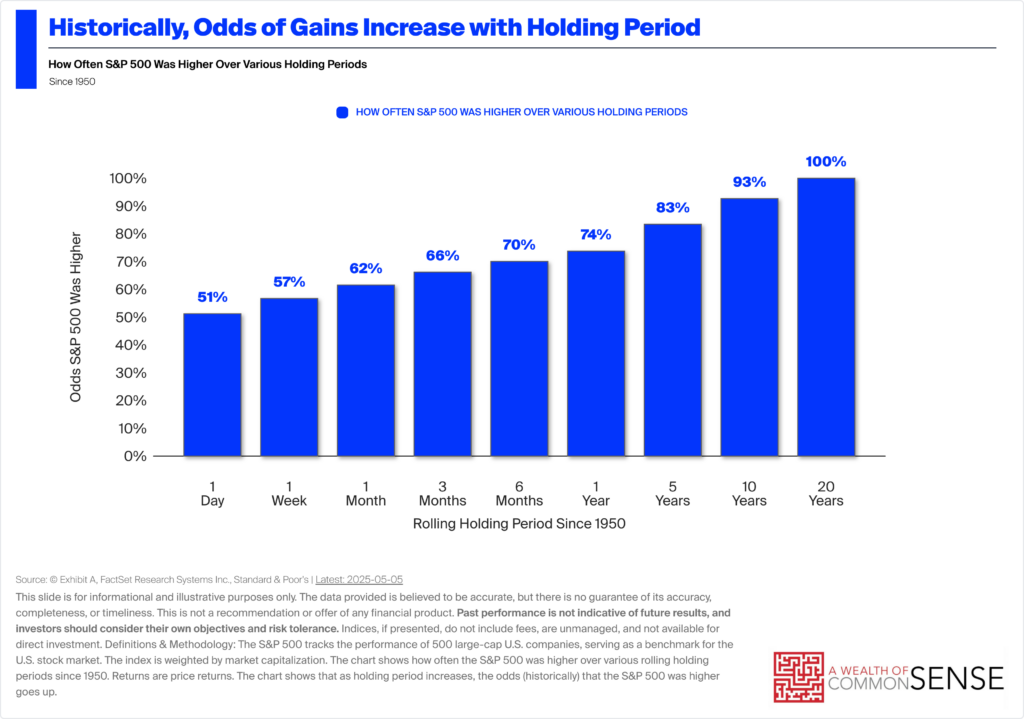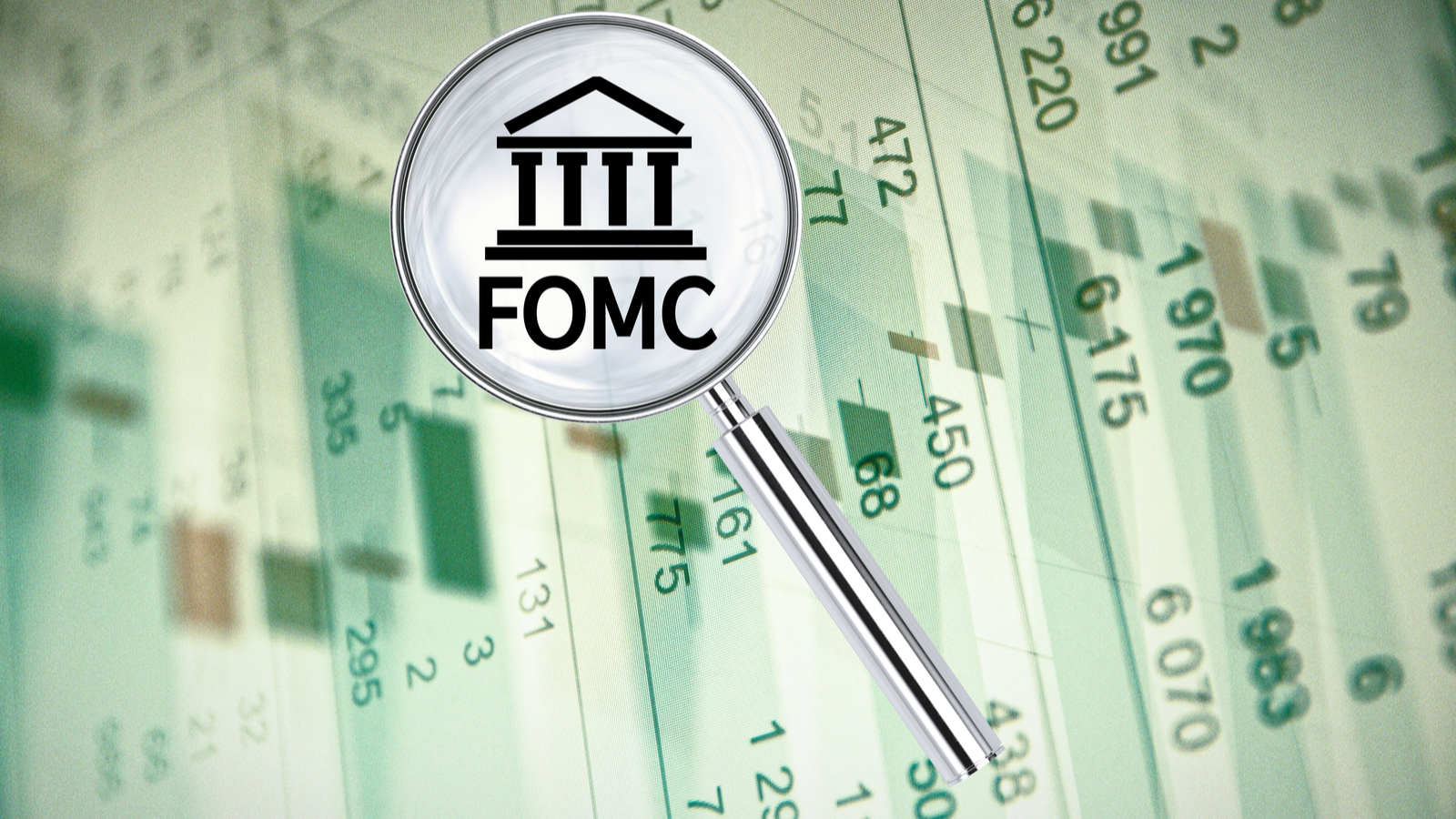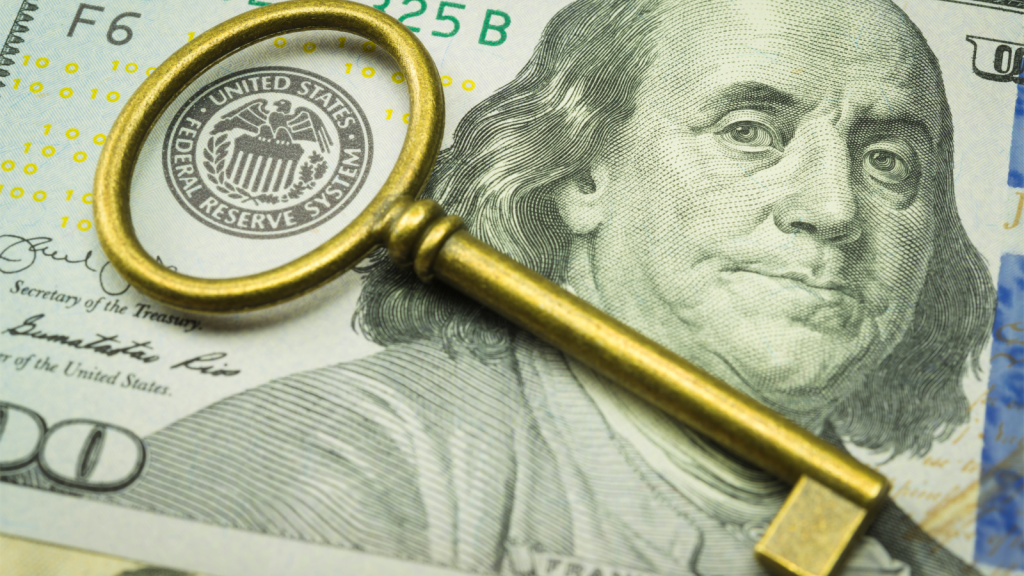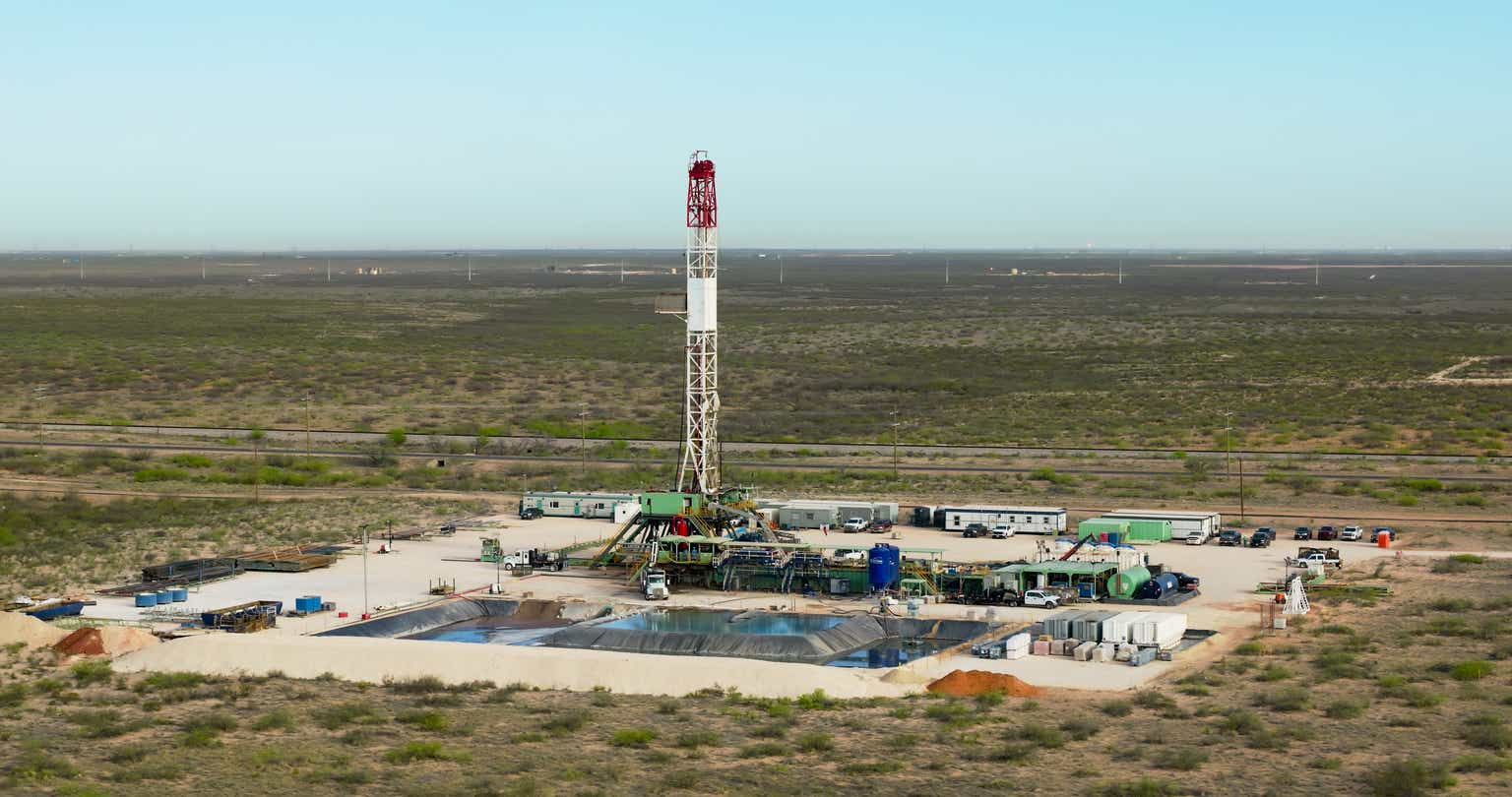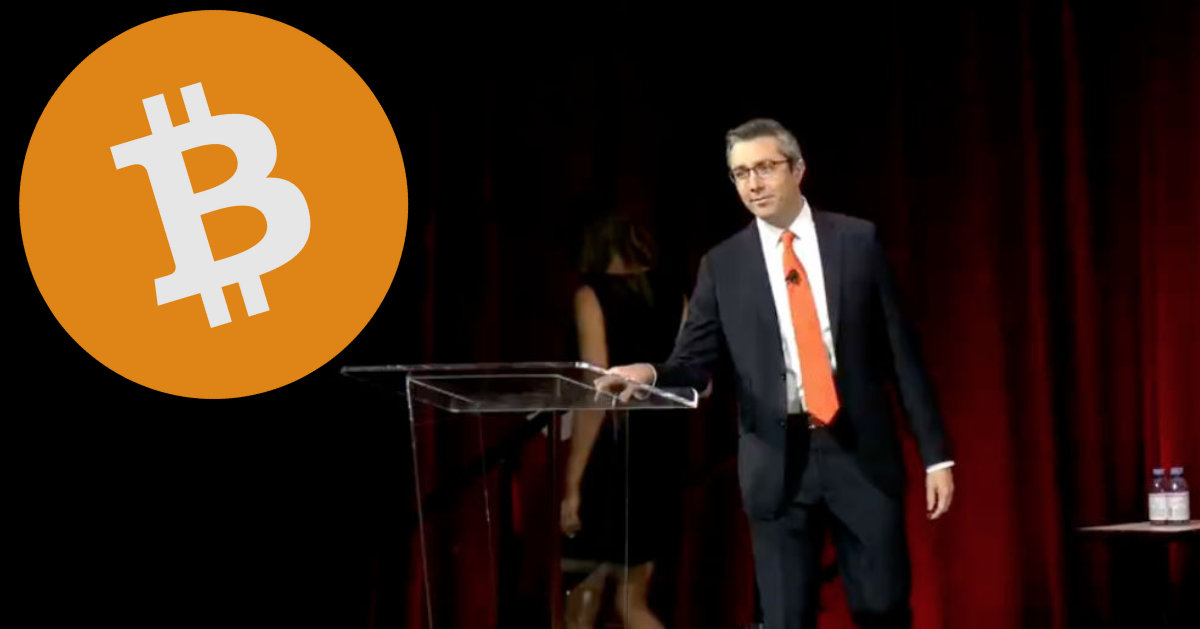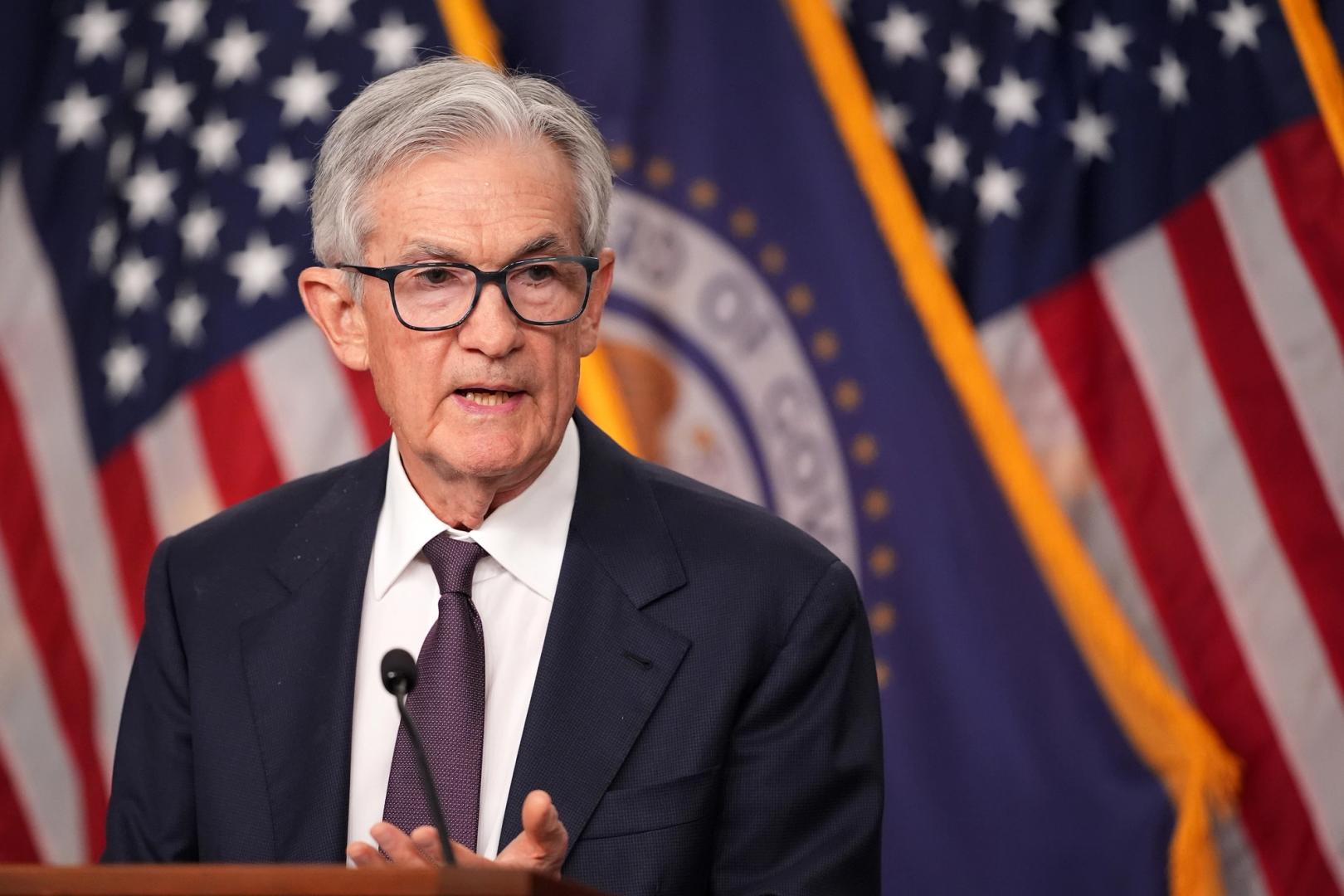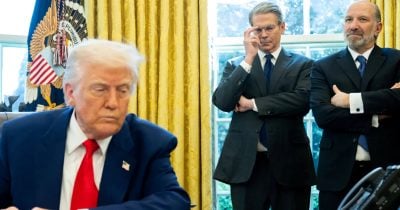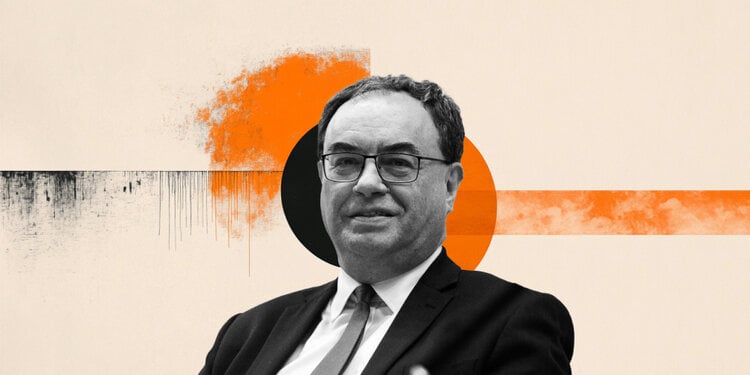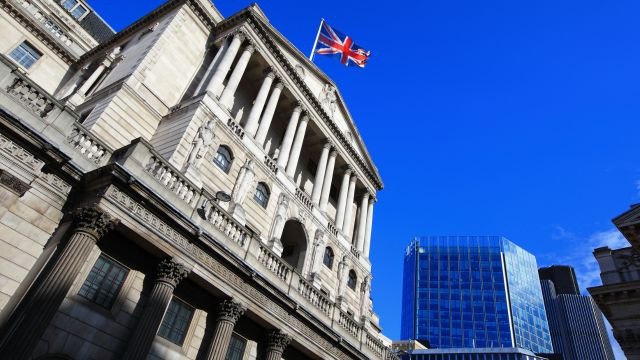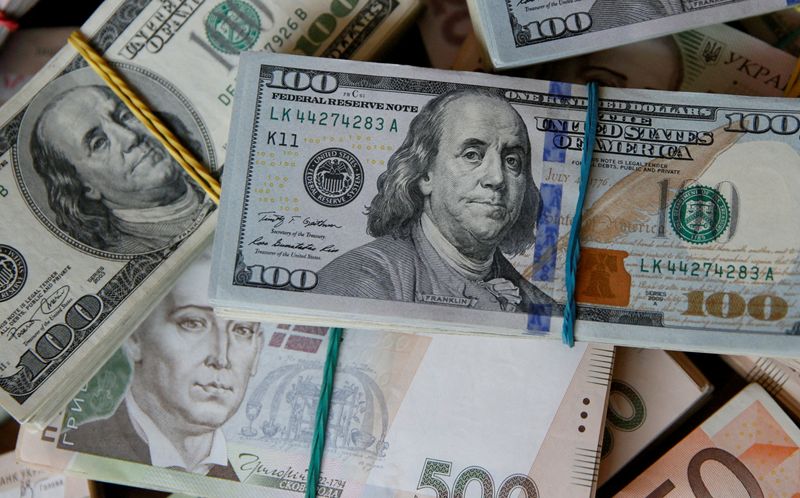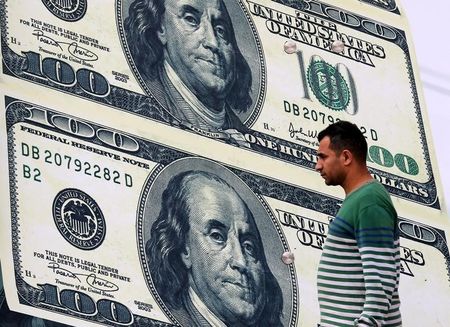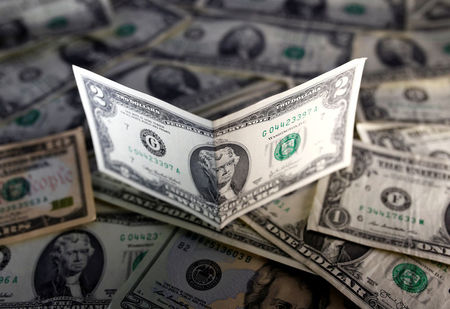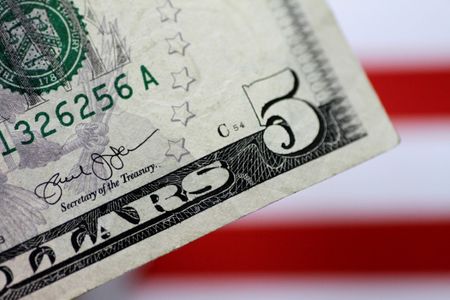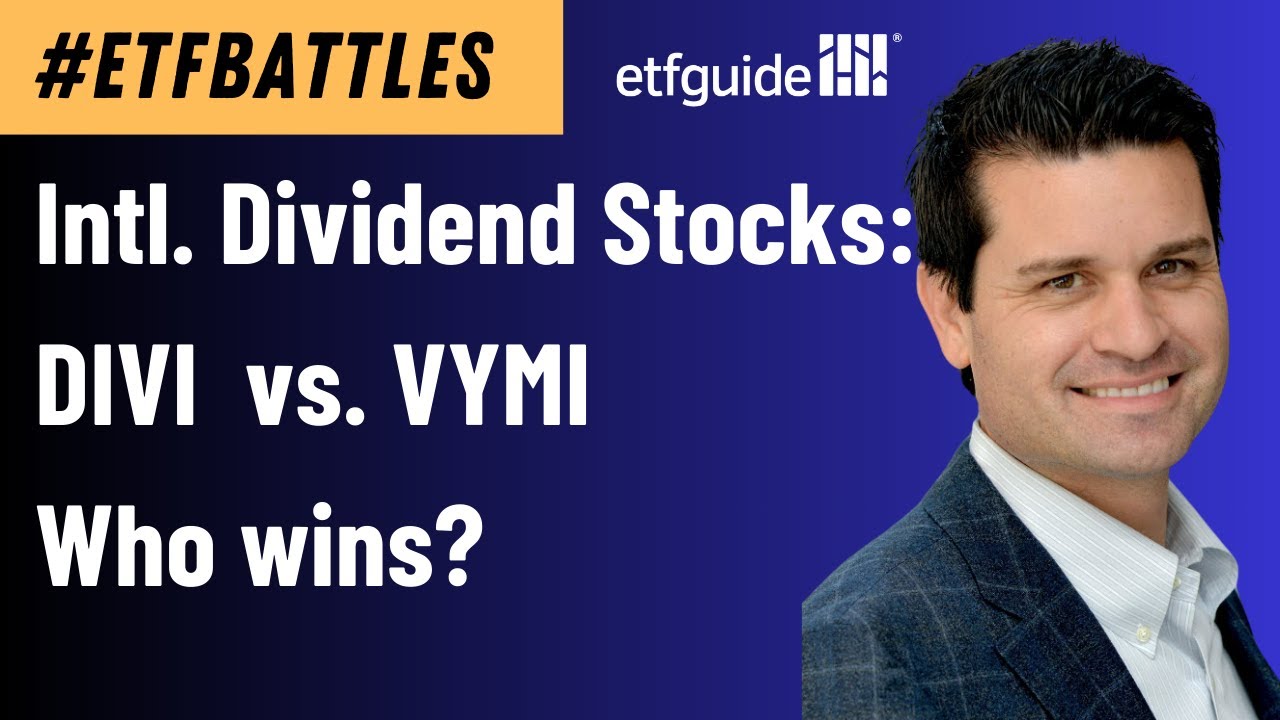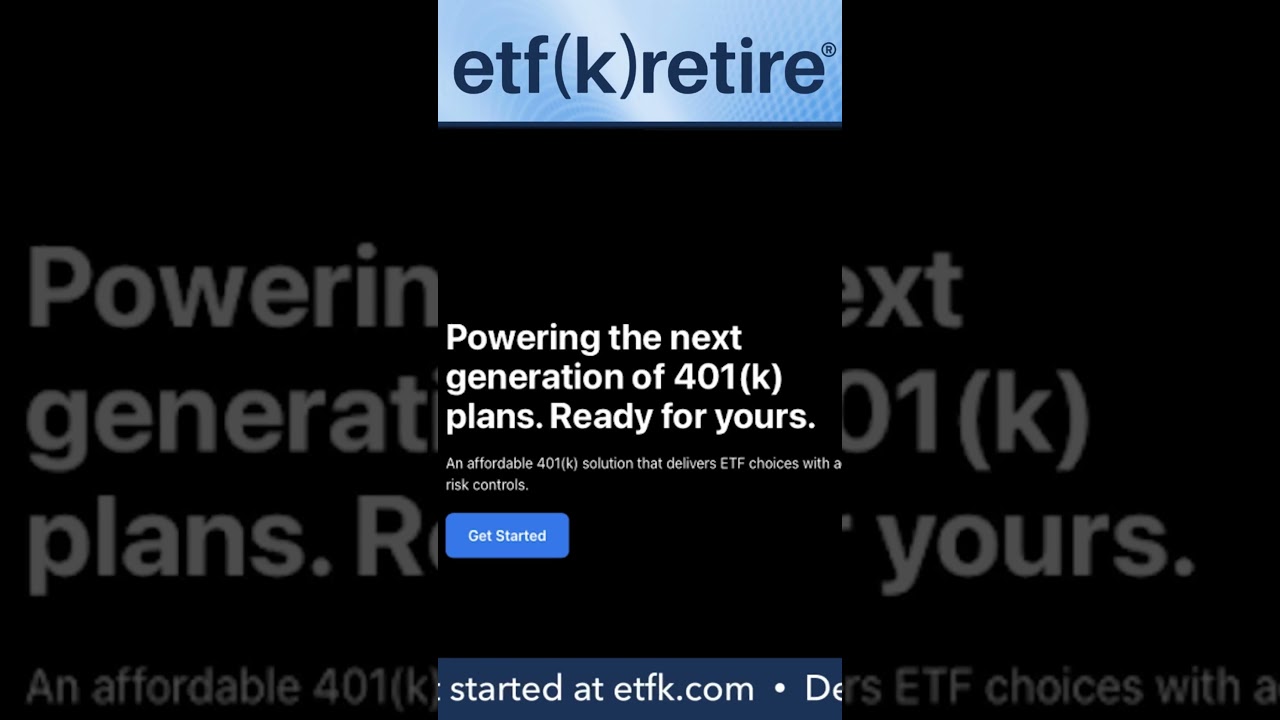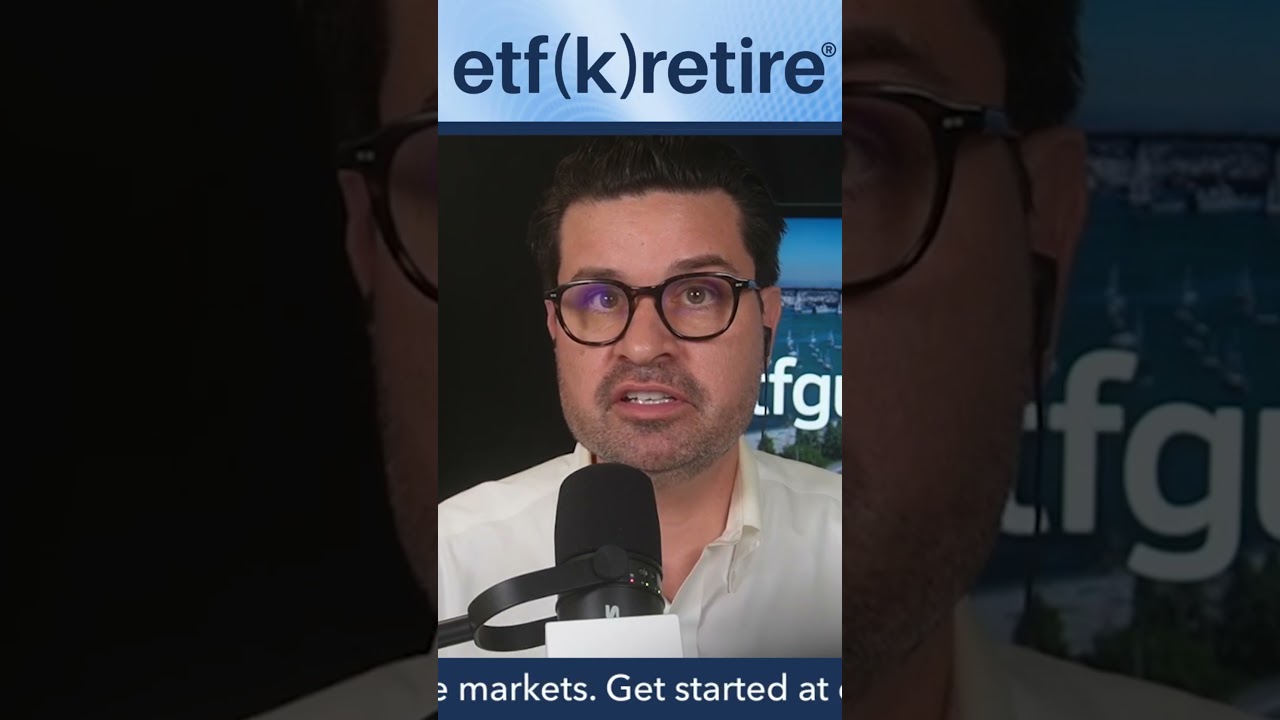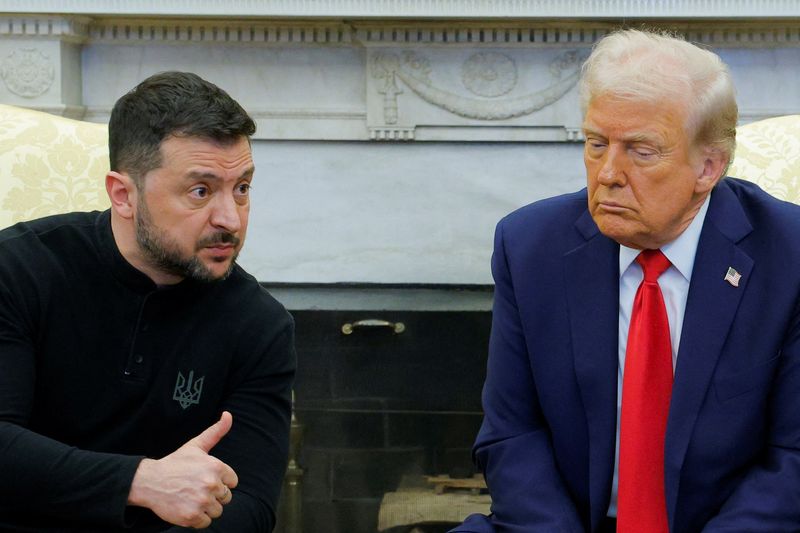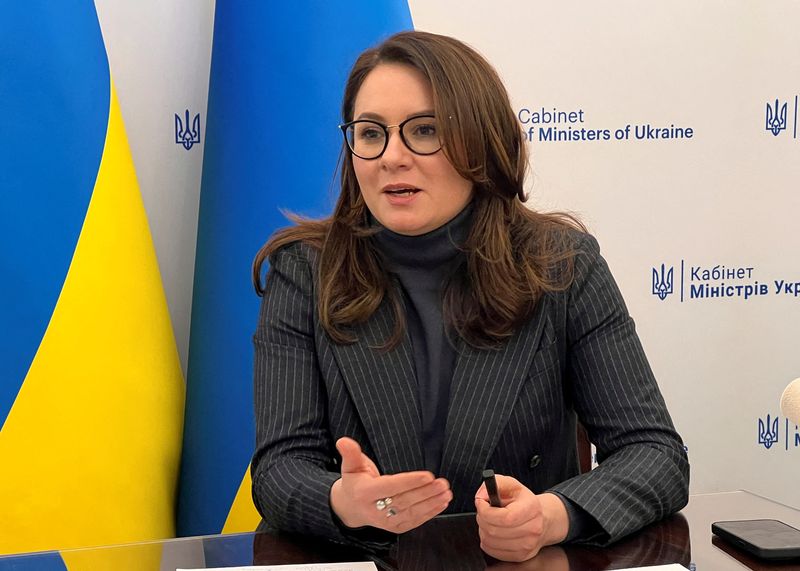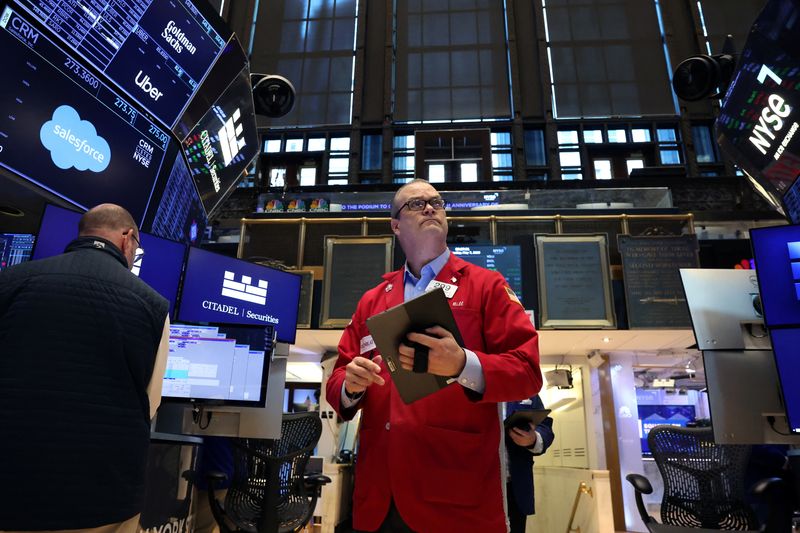How the Trump family is poised to profit from a $2 billion Middle East crypto deal that uses their stablecoin
The transaction has prompted Democrats to reverse course on bipartisan stablecoin legislation.

President Donald Trump and his family’s crypto entanglements keep growing. The latest example came last week when Trump’s son Eric announced that the Emirati venture firm MGX will use stablecoins issued by World Liberty Financial—the family’s blockchain company—to pay for its recent $2 billion investment into the crypto exchange Binance.
The Trump family and their business partners stand to profit from the transaction, but how much? Due to the opacity of the deal, it’s hard to say exactly. Meanwhile, a spokesperson for Binance did not respond to a request for comment, and a representative for World Liberty Financial declined to provide any more details beyond what’s publicly announced.
Despite this lack of transparency, Fortune was able to glean an upper-bound estimate of how much the Trump family could earn from the tripartite deal based on interviews with stablecoin experts and a broader review of the crypto landscape.
Stablecoin economics
Stablecoins, one of the newest arms of Trump’s growing crypto empire, have been a fixture of the crypto industry for years. Firms like Tether and Circle—and more recently PayPal and Ripple—have made billions from these tokens, or a type of cryptocurrency pegged to underlying assets such as the U.S. dollar.
Tether reported revenue of $5.6 billion last quarter, while Circle reported $1.7 billion in its topline in 2024. It’s big business, so it’s no wonder World Liberty Financial launched its own stablecoin, USD1, in late March. Stablecoins tied to the U.S. dollar are backed by short-term treasuries and other dollar-like equivalents. They typically earn yields around 4%—interest that most times is pocketed entirely by the issuer.
View this interactive chart on Fortune.com
If Binance holds on to the USD1, World Liberty Financial would collect the yield off the underlying reserves, which could net as much as $80 million over a year.
That estimate, though, could change based on a variety of variables. For one, if World Liberty collects the entire yield, Binance does not stand to benefit from holding the balance in USD1 and could convert the stablecoin into another asset, such as its own cryptocurrency BNB or another product that passes on interest to the holder.
Also, the reserves backing the Trump family’s stablecoin include treasuries as well as a variety of other “cash equivalents,” according to a spokesperson. Unlike other issuers, World Liberty Financial has not published the makeup of its reserves, so it may hold a significant portion of its assets in non-yield-bearing cash.
And Omid Malekan, a professor at Columbia Business School who studies crypto, raised the possibility that MGX has not yet sent the balance to Binance, which could liquidate the USD1 once they receive it and remove World Liberty Financial’s ability to collect any profit. Malekan added that Binance could also use the USD1 to help process transactions on its exchange or employee payroll.
“It will be interesting to see how many of these tokens are burned in short order given that suppliers need to be paid and employees paid,” added Edward Woodford, cofounder and CEO of stablecoin infrastructure provider Zero Hash. ("Burning" refers to redeeming tokens with a stablecoin issuer for cash.)
Todd Phillips, a banking and administrative law professor at Georgia State University, said that Binance might have struck a deal with World Liberty Financial that would entitle the crypto exchange to share profits from the stablecoin’s reserves. Binance recently reached a similar arrangement with Circle. In addition to a $60 million one-time payment, the stablecoin issuer agreed to pay a monthly fee to Binance in exchange for marketing Circle’s stablecoin to its users as well as keeping a portion of its treasury in the cryptocurrency.
Under such an arrangement, World Liberty Financial would stand to profit far less from the transaction, though it would boost the profile of its recently launched stablecoin—as well as its liquidity.
Binance had previously partnered with the issuer Paxos on their own stablecoin, BUSD, which was killed by regulators in early 2023. Notably, the bulk of USD1 is issued on Binance’s own blockchain.
“Why USD1?” said Malekan. “It’s possible they just offered the best economics [to Binance].”
The upshot is that the Trump family’s potential $80 million profit from the stablecoin could amount to less if coins are burned or if the proceeds are shared.
Democrats rebel
Regardless of the deal terms between Binance and World Liberty, Democratic lawmakers have highlighted the transaction as the latest example of Trump’s sprawling crypto conflict of interests.
Rep. Maxine Waters (D-Calif.), the ranking member of the House Financial Services Committee, staged a walkout of a planned blockchain hearing on Tuesday, arguing that the Trump family is profiting off crypto while working to establish regulation for the industry. “I am deeply concerned that Republicans aren’t just ignoring Trump’s corruption, they are legitimizing Trump and his family’s efforts to enrich themselves,” she said in a statement shared with Fortune.
Stablecoin legislation, which has progressed in both the House and Senate with bipartisan support, is even more imperiled. A group of Democratic senators who had previously approved a version of the bill announced last weekend that they were opposed to the most recent draft, sparked by concerns over Trump’s USD1 deal.
“This is corruption and no senator should support it,” Sen. Elizabeth Warren (D-Mass.) said in a statement, in reference to the Senate stablecoin bill and Trump’s stablecoin interests.
This story was originally featured on Fortune.com


